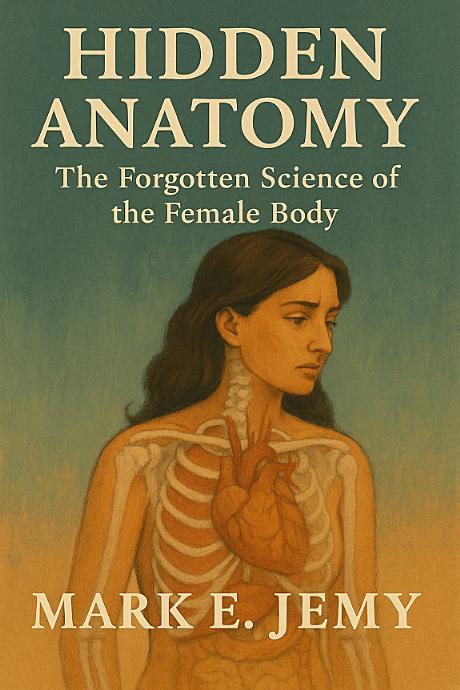Hidden Anatomy: The Forgotten Science of the Female Body
Hidden Anatomy: The Forgotten Science of the Female Body
Explore the captivating world of 'Hidden Anatomy', a book that delves into the often overlooked and misunderstood aspects of female anatomy throughout history. This insightful read unveils the forgotten science and narratives that have shaped our understanding of women's health and biology. Through a detailed examination of historical texts and medical practices, the book highlights the gaps and biases in our knowledge, urging readers to reconsider long-held beliefs.
Understanding the Female Body
The female body has been a subject of both fascination and mystery for centuries. 'Hidden Anatomy' sheds light on the cultural, scientific, and historical factors that have contributed to this enigmatic status. By exploring the evolution of medical knowledge and the role of women in science, the book offers a comprehensive view of how societal attitudes have influenced scientific exploration and understanding.
Key Topics Covered
- Historical perspectives on female anatomy
- The evolution of medical practices
- Cultural and societal impacts on science
- The role of women in scientific discovery
- Uncovering forgotten narratives
Book Schema
FAQ
Frequently Asked Questions
- What is 'Hidden Anatomy' about?
'Hidden Anatomy' explores the forgotten science and history of female anatomy, highlighting overlooked narratives and biases.
- Who is the target audience?
The book is ideal for readers interested in history, science, and gender studies.
- What makes this book unique?
It combines historical analysis with scientific exploration, offering a fresh perspective on women's health.
- Does the book include modern scientific insights?
Yes, it contrasts historical perspectives with current scientific understanding to provide a comprehensive view.
- Is the book based on factual research?
Absolutely, the book relies on historical documents and scientific studies to support its narratives.
The author translates complex scientific concepts into accessible insights. It shows how evidence, discovery, and curiosity weave together to change the way we perceive the universe, bridging the gap between knowledge and wonder.
The result is not just a collection of ideas, but a living dialogue that invites participation, self-inquiry, and perspective.
Ultimately, this book leaves the reader with a sense of clarity and curiosity — a reminder that understanding begins when we dare to question what we think we already know.

